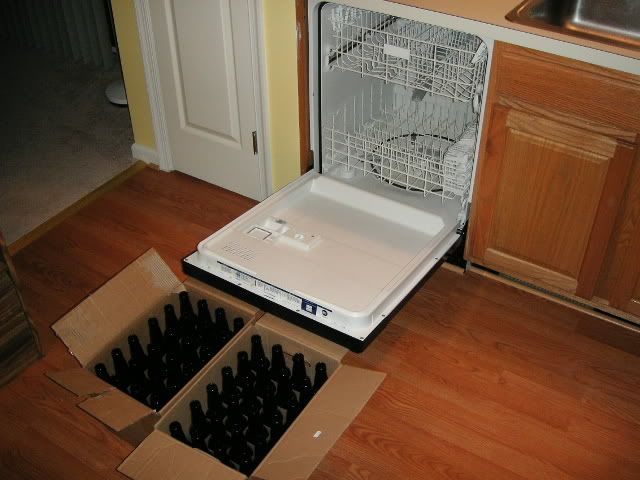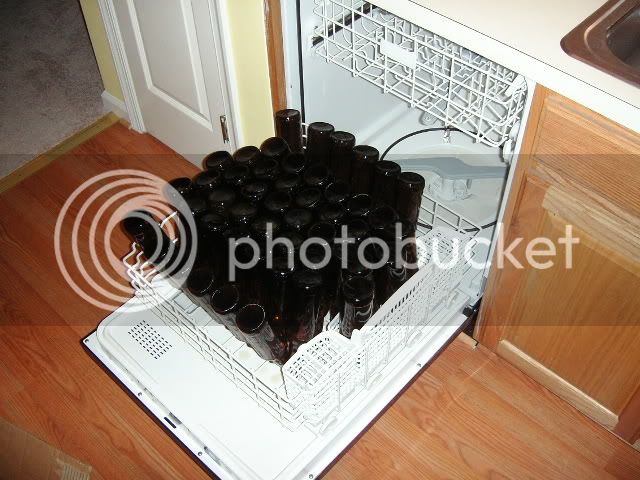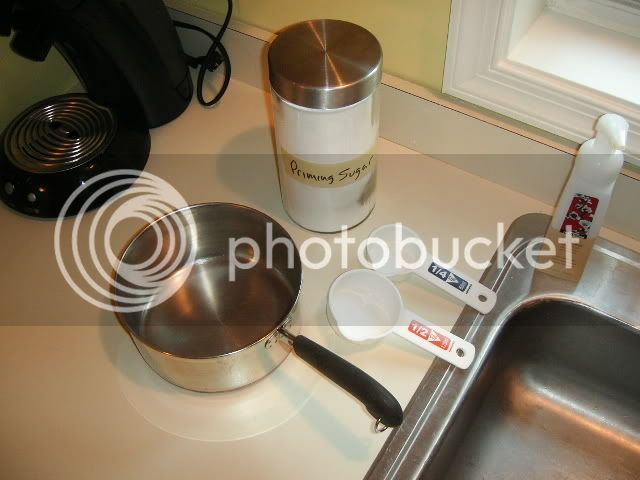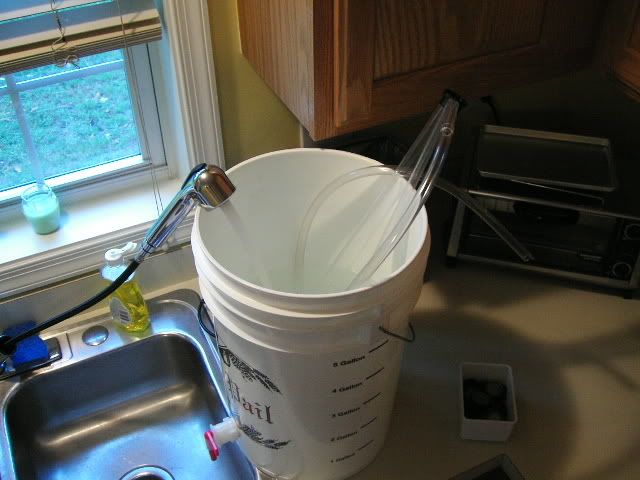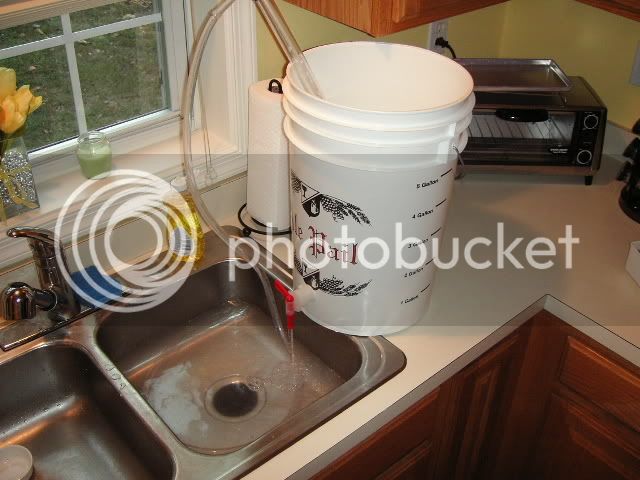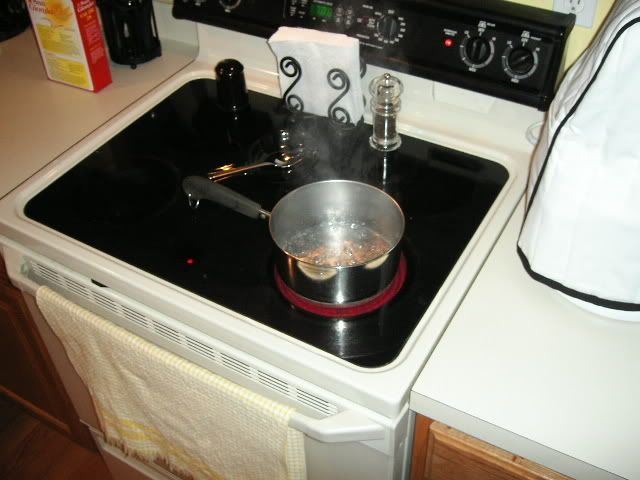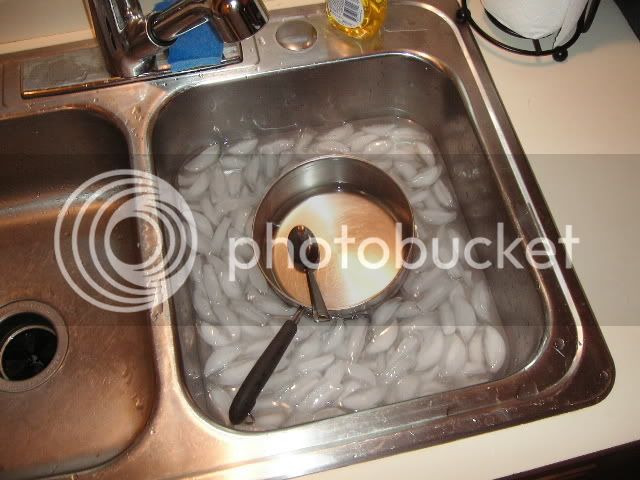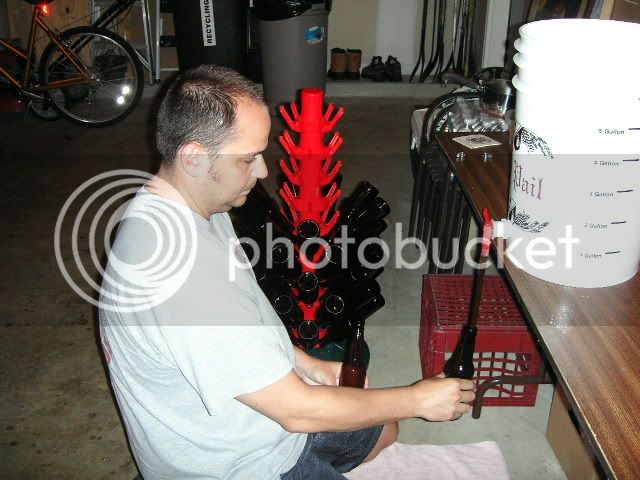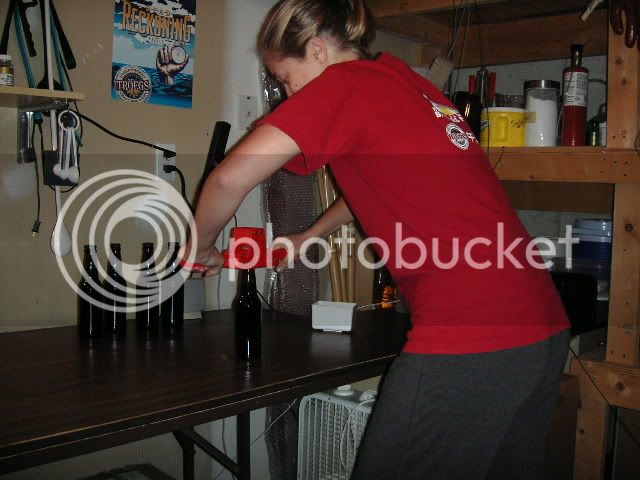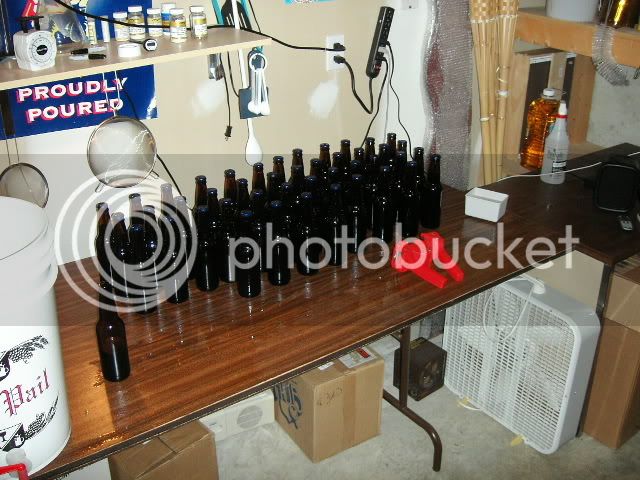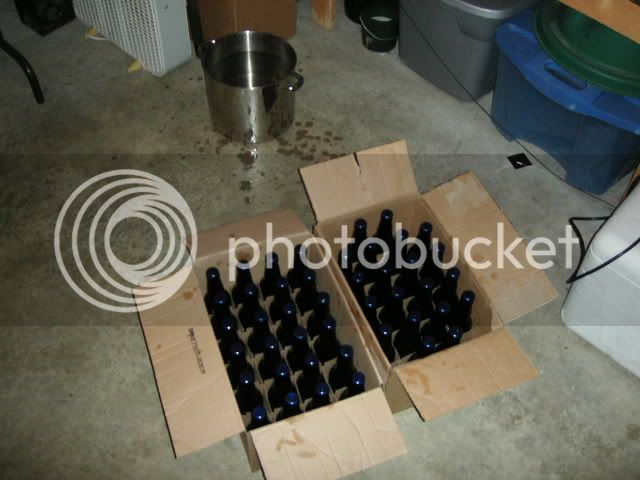Jaysus
Well-Known Member
Nice reply - thanks Bobby!

In summary you have two choices:
#1
mash
infuse an amount equal to your grain absorption (about .1 gallons per pound of grain) for your mash out (200F).
stir, vorlauf and drain.
Infuse single batch sparge volume @ 170F, stir, vorlauf and drain.
two runnings, both at elevated temps, relatively high efficiency
#2
mash
vorlauf and drain
add half sparge amount @ 185F, stir, vorlauf, drain
add second half sparge amount @ 185, stir, vorlauf, drain
3 runnings at progressively higher temps, very high efficiency

so, in this case each of the runnings would be sent straight to the flame as soon as collected?
Does your pvc manifold work well? What temperatures will it hold up to?
so, in this case each of the runnings would be sent straight to the flame as soon as collected?
this thread is actually becoming very helpful. thanks to all!








![Craft A Brew - Safale S-04 Dry Yeast - Fermentis - English Ale Dry Yeast - For English and American Ales and Hard Apple Ciders - Ingredients for Home Brewing - Beer Making Supplies - [1 Pack]](https://m.media-amazon.com/images/I/41fVGNh6JfL._SL500_.jpg)



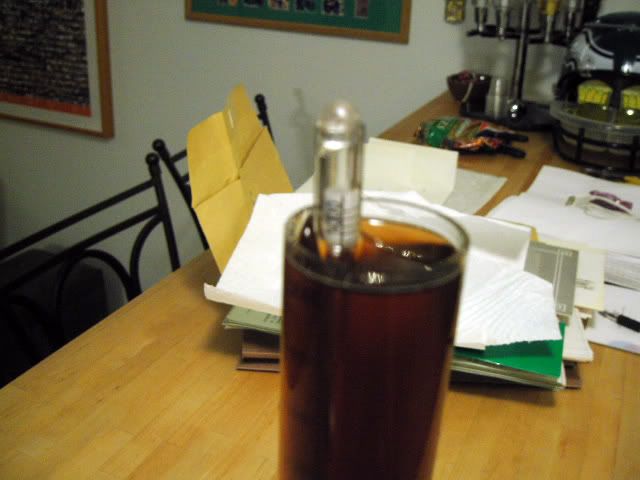
I tell ya - I'm damn near ready to pay for a subscription to this forum!!!
I pitched my yeast later in the evening - my hose water could only get the wort down to 85 degrees - when the beer was cooler. The only pic I forgot to take all day was me hitting the wort with oxygen right before pitching the yeast.
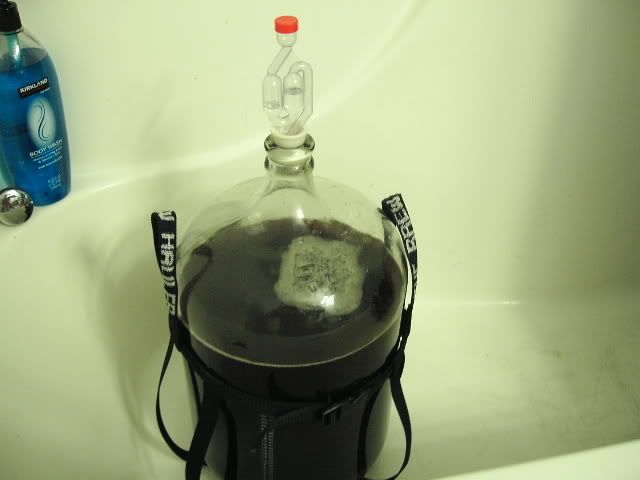
I will continue to give fermentation through bottling updates as they become available. I do want to send a special thank you to Edwort for his Haus Pale Ale recipe. It's in my keg right now and fueled this brew day for me!
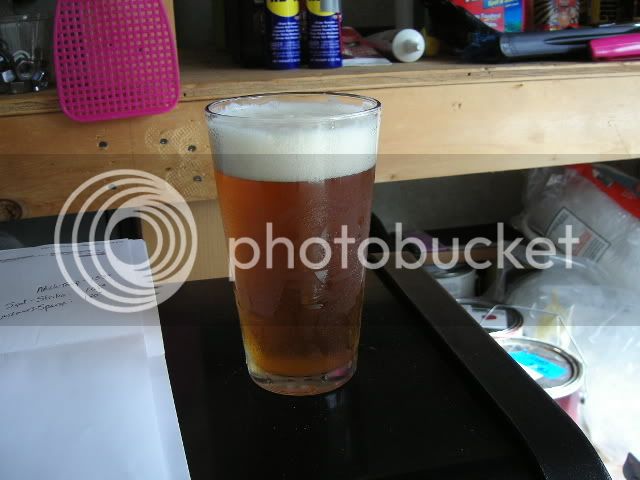
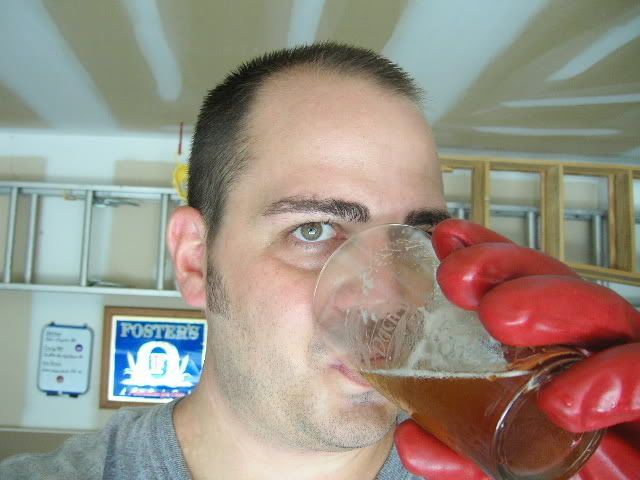
Again, The entire gallery of pics can be seen here.
Where did you get that glass with your logo etched into it? It looks awesome!!!
O
I always use this Mash Calculator for my strike and sparge water. Now, call me crazy, but it always gives a larger volume of water for the sparge, not the strike, so I always reverse them. Makes sense to me to add the larger volume first, where grain absorbtion is higher.

Where did you get your thief? This is the first I saw that looks like a graduated cylinderUpdate.... About 72 hours out now, barely a bubble coming through the airlock. I took a sample with my thief, and:

how do you decide how much wort to transfer for the first runnings?
Where did you get your thief? This is the first I saw that looks like a graduated cylinder
Ooo I love text with pictures makes things sometimes just a little bit easier to understand than just reading it out of a book. I am a very hands on/visual learner.


